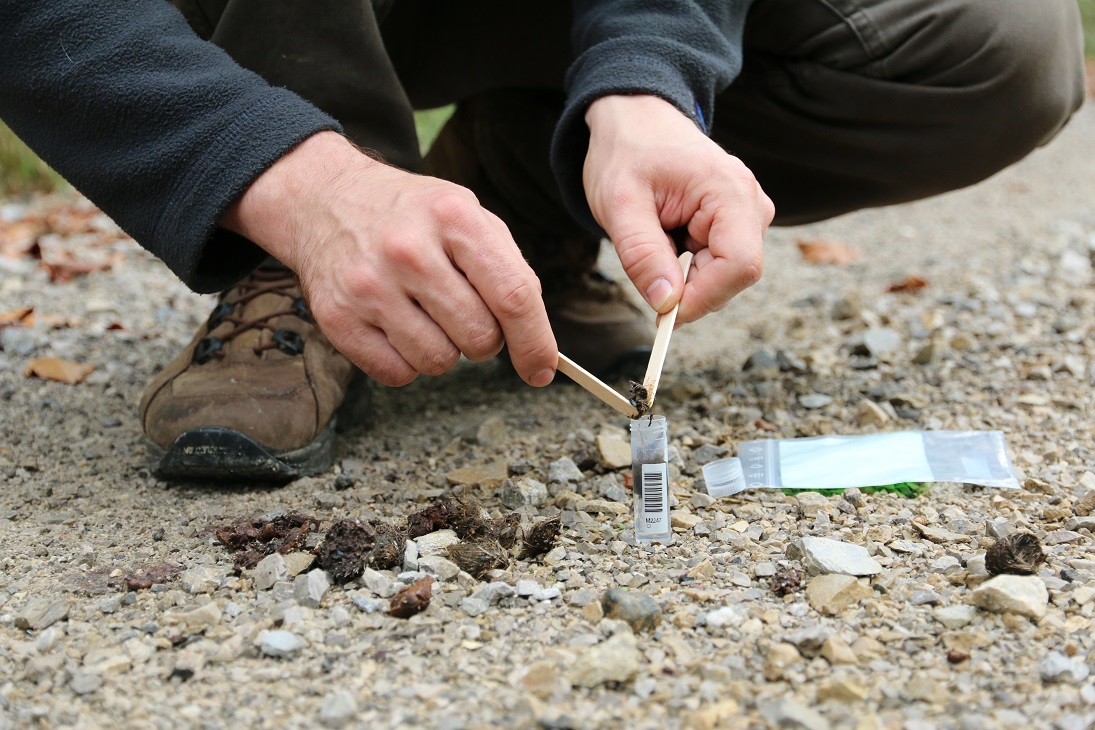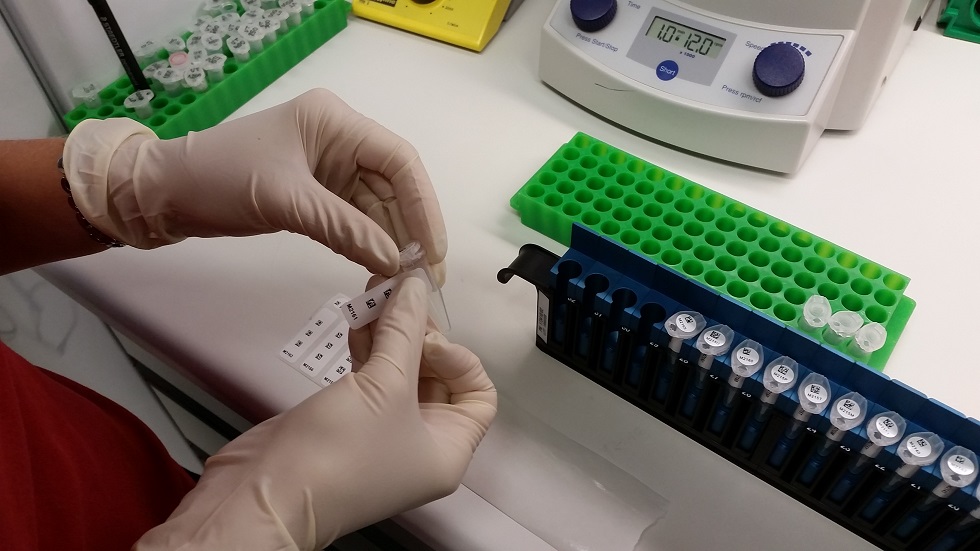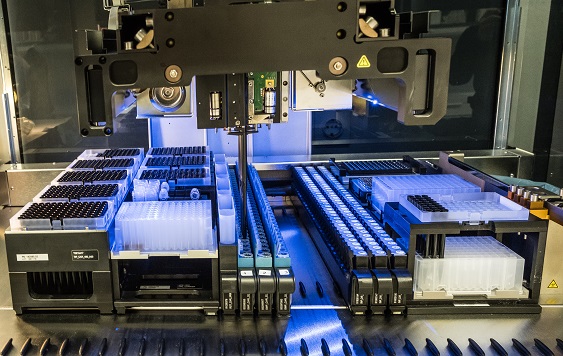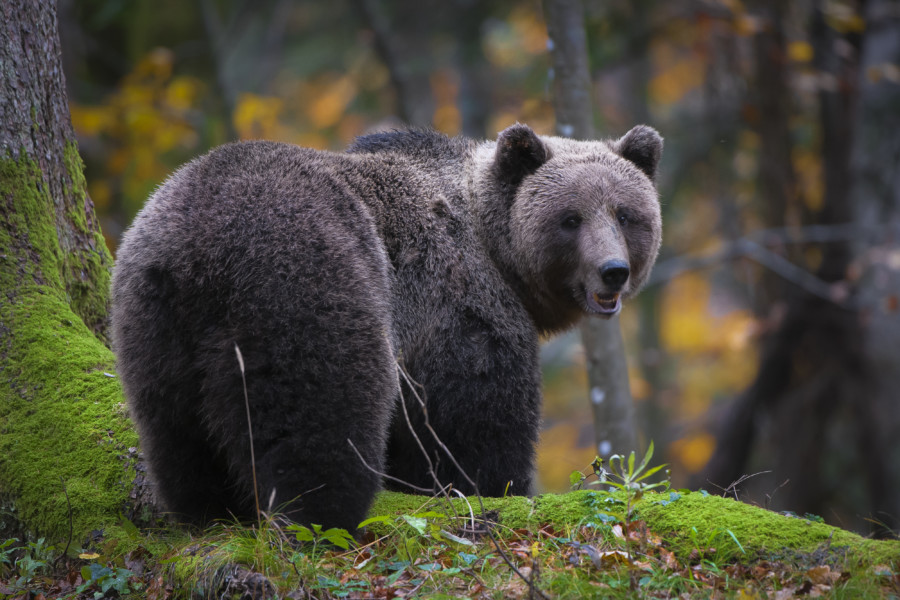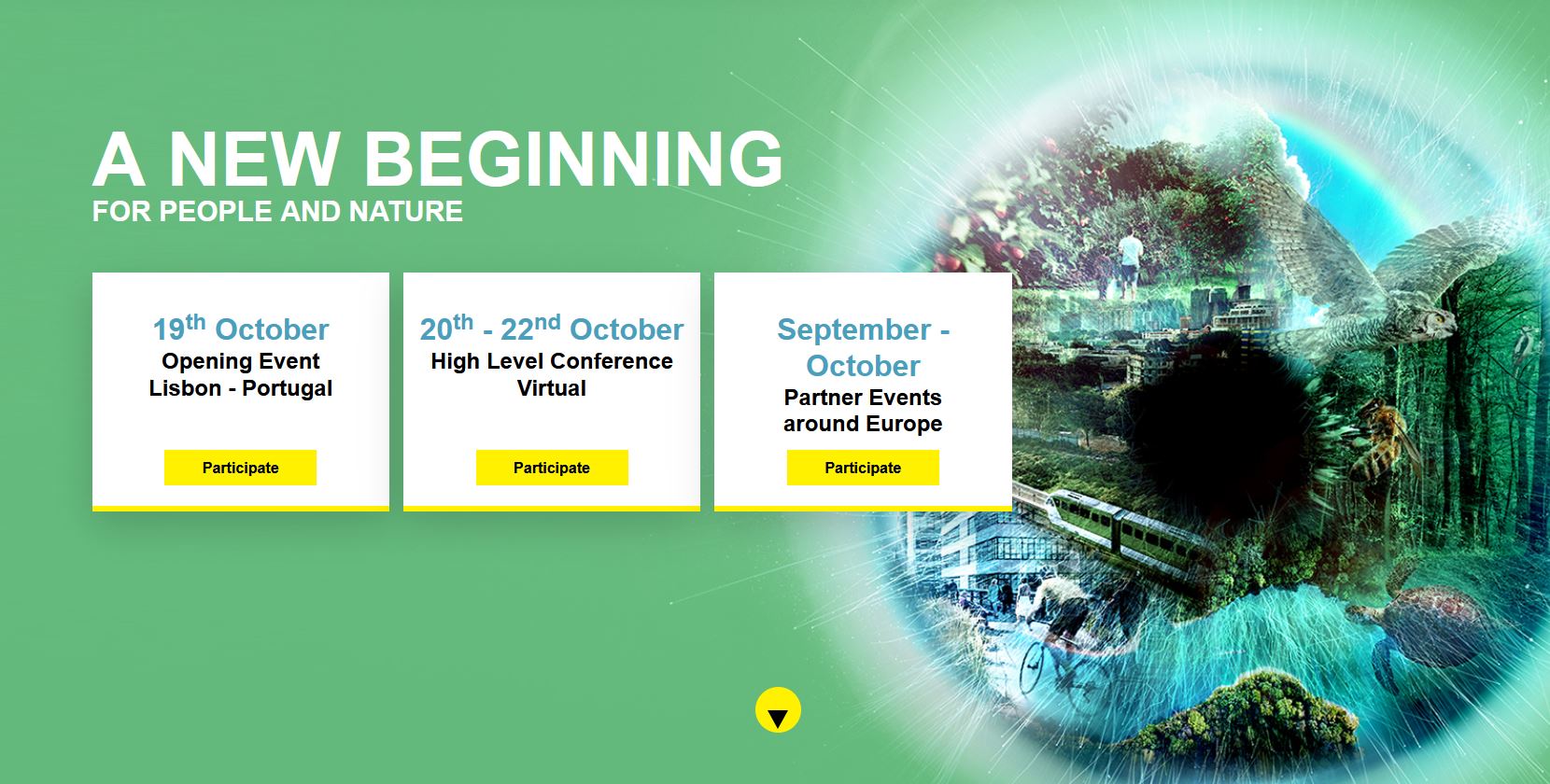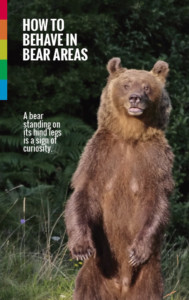In Slovenia, a variety of indicators for the brown bear population status, impact of bears on the environment and their interactions with humans have long been monitored. Number of monitored indicators has increased over time, some of them thus becoming redundant, which is why it makes sense to optimise the entire bear monitoring scheme at the national and population level. In our new report, we provide an overview of existing bear monitoring techniques in Slovenia. Each indicator produced by the monitoring is analysed for strengths and weaknesses and optimal analysis method is indicated. A comprehensive monitoring scheme is proposed based on our findings.
In Slovenia there are three monitoring techniques adopted for collecting brown bear population indicators: monitoring of bear mortality and reconstruction of population dynamics; systematic counting of bears at permanent counting sites; non-invasive genetic sampling. Their results are complementary and overlapping.
We propose that non-invasive genetic sampling is carried out every eight years (in its current methodology) and in the years in-between population dynamics should be monitored with reconstructions based on mortality and forecasts based on counting site census. The monitoring of damage cases on human property and human-bear conflict rate should be preserved in its current form and combined with public opinion surveys (Human dimensions research), conducted every five years, for the evaluation, if bear density is reaching the socio-economic carrying capacity of the environment or not. We also propose the introduction of a monitoring that would track the proportion of anthropogenic food sources (in particular maize) in bear diet and the introduction of indicators for income derived from activities related to bear management.
In the long-term, there is a necessity to establish a uniform monitoring scheme for the Alpine-Dinaric brown bear population, which would also include countries outside LIFE DINALP BEAR project area. With the exception of three monitoring techniques that are relevant at the national level (indicators of income) and at the level of the Dinaric population (counting at permanent counting sites, monitoring of anthropogenic food sources in bear diet), other proposed monitoring techniques are relevant for the entire area of the Alpine-Dinaric population.



